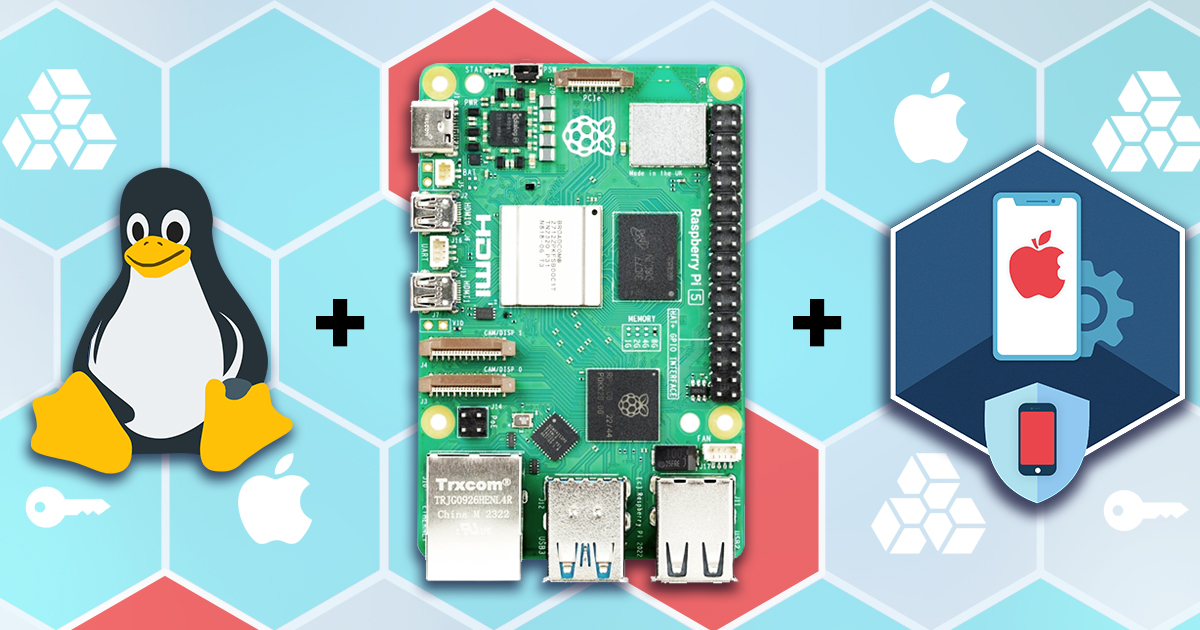BestCrypt, developed by the Finnish company Jetico, is a cross-platform commercial disk encryption tool. Available for Windows, Linux, macOS and Android platforms, BestCrypt is delivered in two editions, one offering full-disk encryption and the other encrypting virtual disk volumes stored in containers, the latter being supported with our tools.
Today we have an important date. Advanced Office Password Recovery turned 16. What started as an instant recovery tool for legacy versions of Microsoft Word had now become a GPU-accelerated toolkit for breaking the many Microsoft formats. Today we’re releasing a major update, giving Advanced Office Password Recovery and Distributed Password Recovery tools the ability to crunch passwords faster with the newest and latest NVIDIA 3000-series graphic boards. Powered by Ampere, the new generation of GPUs delivers unprecedented performance in modern video games. How do the new cards fare when it comes to accelerating the password recovery, and is an upgrade worth it for the forensic experts? Let’s find out.
This is the final part of the series of articles comparing Elcomsoft Distributed Password Recovery with Hashcat. We’ve already compared the features, the price and performance of the two tools. In this study, we tried breaking passwords to several common formats, including Word document, an encrypted ZIP archive, and a VeraCrypt container. We summarized our experiences below.
Elcomsoft Distributed Password Recovery and Hashcat support a number of different attacks ranging from brute-force all the way to scriptable, dictionary-based attacks. The costs and performance are extremely important factors. We charge several hundred dollars for what, in the end, can be done with a free tool. Which tool has better performance, and are the extra features worth the price premium? Let’s check it out.
When adding a new encryption format or comparing the performance of different password recovery tools, we routinely quote the recovery speed expressed in the number of passwords per second. But what is the true meaning of password recovery speeds? Do the speeds depend solely, or at all, on the encryption algorithm? What’s “military grade” encryption, and does it guarantee the security of your data? And why on Earth breaking AES-256 encryption takes so vastly different effort in different file formats? Read along to find out.
Accessing a locked system is always a challenge. Encrypted disks and encrypted virtual machines, encrypted files and passwords are just a few things to mention. In this article we are proposing a straightforward workflow for investigating computers in the field.
The user interface is a major advantage of Elcomsoft tools. Setting up attacks in Elcomsoft Distributed Password Recovery is simpler and more straightforward compared to the command-line tool. In this article, we’ll talk about the general workflow, the use and configuration of distributed and cloud attacks in both products.
After publishing the first article in the series, we received numerous comments challenging our claims. We carefully reviewed every comment, reread and reevaluated our original article. Elcomsoft vs. Hashcat Rev.1.1 is here.
Hashcat is a great, free tool competing head to head with the tools we make. We charge several hundred dollars for what, in the end, can be done with a free tool. What are the reasons for our customers to choose ElcomSoft products instead of Hashcat, and is the expense justified? We did our best to compare the two tools to help you make the informed decision.
Remember the good old times when there was a lot of applications with “snake oil” encryption? You know, the kind of “peace of mind” protection that allowed recovering or removing the original plaintext password instantly? It is still the case for a few “we-don’t-care” apps such as QuickBooks 2021, but all of the better tools can no longer be cracked that easily. Let’s review some password recovery strategies used in our software today.


